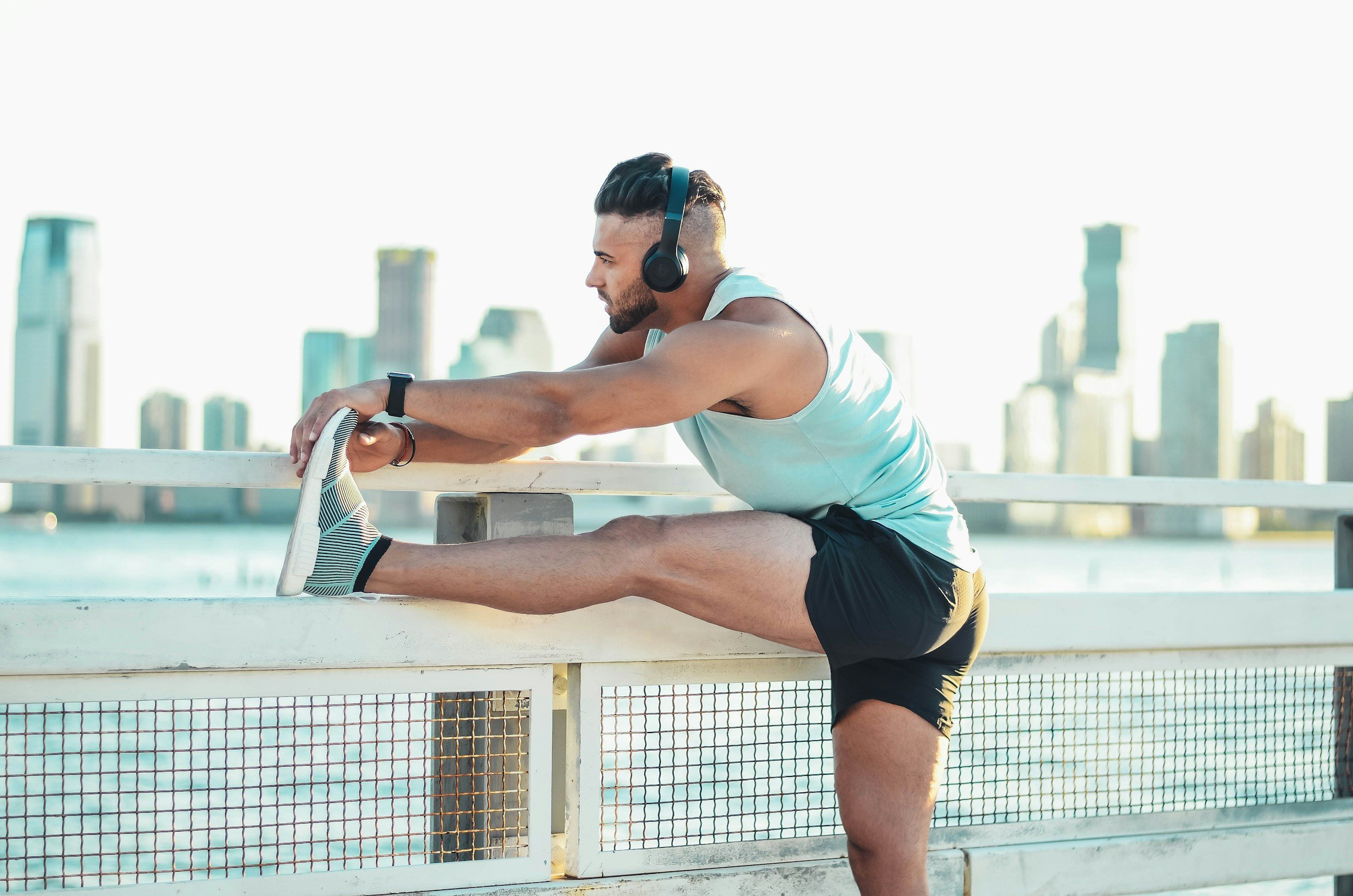
The blog.

From Desk to Deadlift: How to Stay Pain-Free at Work and in the Gym
Sitting at a desk all day or working out without proper guidance can lead to aches, poor posture, and injuries. In this blog, we explore how to stay pain-free at work and in the gym, with practical tips for improving posture, strengthening key muscles, and preventing discomfort. Plus, learn how Ayesha’s Strength Classes can help you build strength, confidence, and resilience—whether you’re just starting out or looking to lift heavier safely.

How Regular Movement Can Keep You Injury-Free
Regular movement is one of the simplest and most effective ways to prevent injuries, improve posture, and boost overall wellbeing. At Fieldwork Health, our physiotherapists and remedial massage therapists help you move smarter, stay strong, and keep your body pain-free for the long run.


What to Expect During Your First Physio Appointment
Nervous about your first physio session? Discover what happens during a physiotherapy appointment at Fieldwork Health – from hands-on assessment to your custom treatment plan.

Ice or Heat – Does It Actually Matter?
Ice or heat—what's actually better for pain and injury? Our physios and remedial massage therapists break down when to use each (and when not to), so you can recover smarter, not slower.

Hamstring Stretches for Runners
Hamstring Stretches for Runners: Improve Flexibility, Prevent Injuries, and Boost Performance

Physio and Marathons: How to Keep Your Body in Top Shape for the Big Race
Training for a marathon? Physiotherapy is key to keeping your body in top shape! Learn how physios help with injury prevention, strengthening, flexibility, and recovery, ensuring you're race-ready and injury-free. Whether you're new to marathons or a seasoned runner, physio can help you perform at your best and cross the finish line strong.


Cross-Training for Runners: Why You Should Add Variety to Your Routine
Cross-training is essential for runners to improve performance and prevent injury. Activities like swimming, cycling, and yoga complement running by strengthening different muscle groups and providing a mental break. Swimming offers a low-impact full-body workout, cycling strengthens leg muscles, and yoga enhances flexibility and recovery. At Fieldwork Health, we tailor cross-training plans to fit your needs, ensuring a balanced and injury-free fitness routine.
